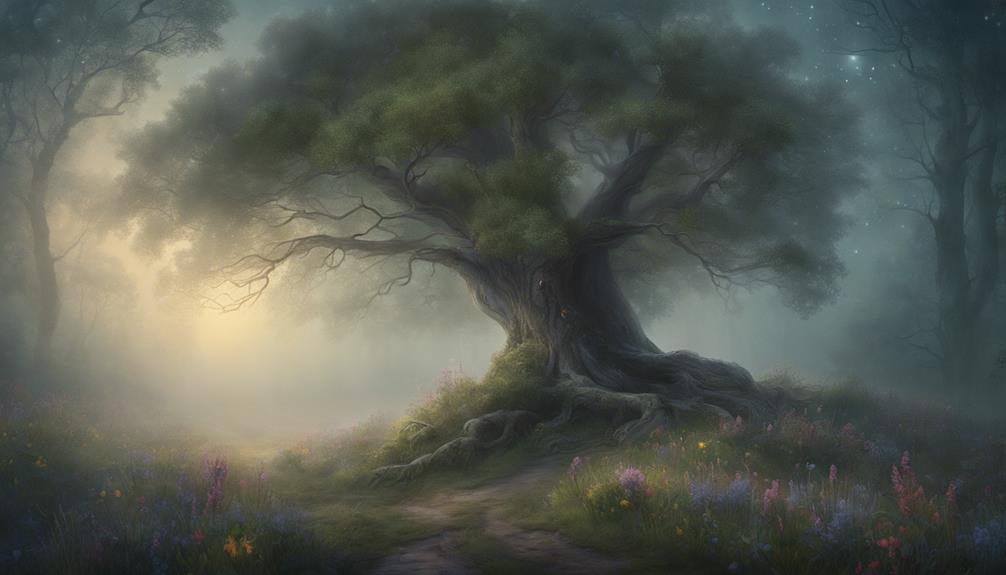You'll discover that the Romantic movement's fascination with folklore and tradition in British poetry, as exemplified in Lyrical Ballads, was a deliberate attempt to reconnect with cultural heritage and rebalance rationalism and industrial progress. The movement's emphasis on folkloric roots, oral traditions, and mythology provided a sense of shared national identity. Poets like Wordsworth and Coleridge drew upon these influences to craft a new kind of poetry that probed the human experience. As you explore Lyrical Ballads, you'll uncover the intricate web of folklore, mythology, and oral traditions that shaped the Romantic movement's literary identity, and the secrets that lie within its lyrical lines.
Revitalizing Folkloric Roots
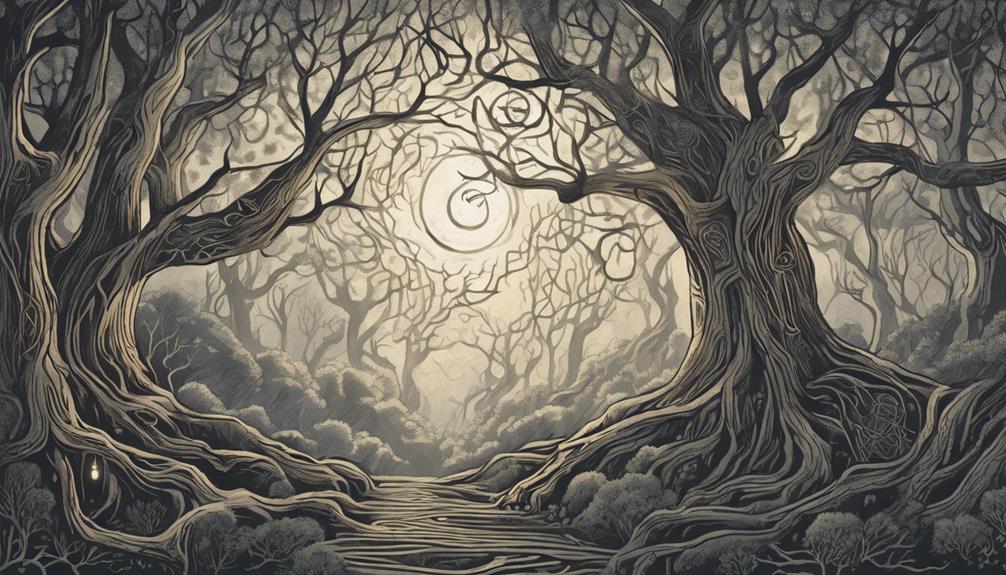
As you explore the world of British poetry, it becomes increasingly evident that the Romantic movement's emphasis on revitalizing folkloric roots was a deliberate attempt to reconnect with a cultural heritage that had been largely dismissed by the Enlightenment's emphasis on reason and empiricism. This cultural revival was not merely a nostalgic glance backward, but rather a conscious effort to reclaim and redefine the nation's folk heritage. By doing so, Romantic poets sought to rebalance the scales, which had tipped too far in favor of rationalism and industrial progress. In their pursuit of a cultural revival, they immersed themselves in the rich tapestry of folklore, mythology, and oral traditions. This fascination with folk heritage was not limited to the Romantic era, as it continued to influence British poetry throughout the centuries. As you explore further into the world of British poetry, you'll discover how this emphasis on folkloric roots shaped the nation's literary identity and contributed to its unique cultural landscape.
Oral Traditions in Poetry
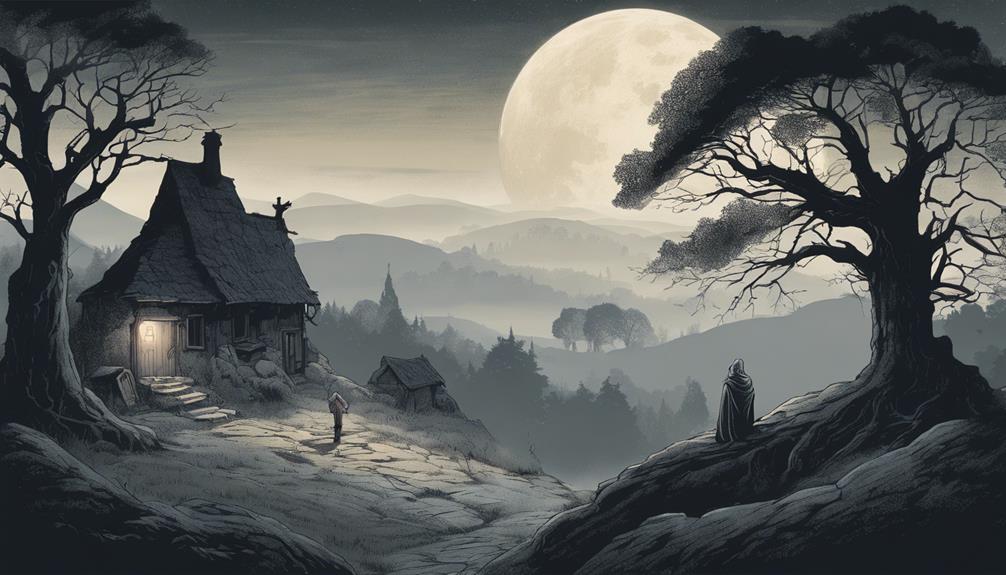
You'll find that the Romantic poets' fascination with folk heritage led them to explore the realm of oral traditions, where the spoken word and communal storytelling became a rich source of inspiration for their poetry. Vocal storytelling, in particular, allowed them to tap into the cultural heritage of the common people, capturing the essence of rural life and the collective memory of the nation. By drawing from oral traditions, poets like Wordsworth and Coleridge were able to craft poetry that was deeply rooted in the land and its people. This emphasis on the spoken word also enabled them to investigate the emotional and psychological depths of the human experience, often using simple, yet powerful language to convey complex ideas and emotions. As you immerse yourself in the world of oral traditions in poetry, you'll discover how the Romantic poets' fascination with folk heritage helped shape a new kind of poetry, one that was deeply connected to the cultural heritage of the British people.
Myths and Legends Reborn
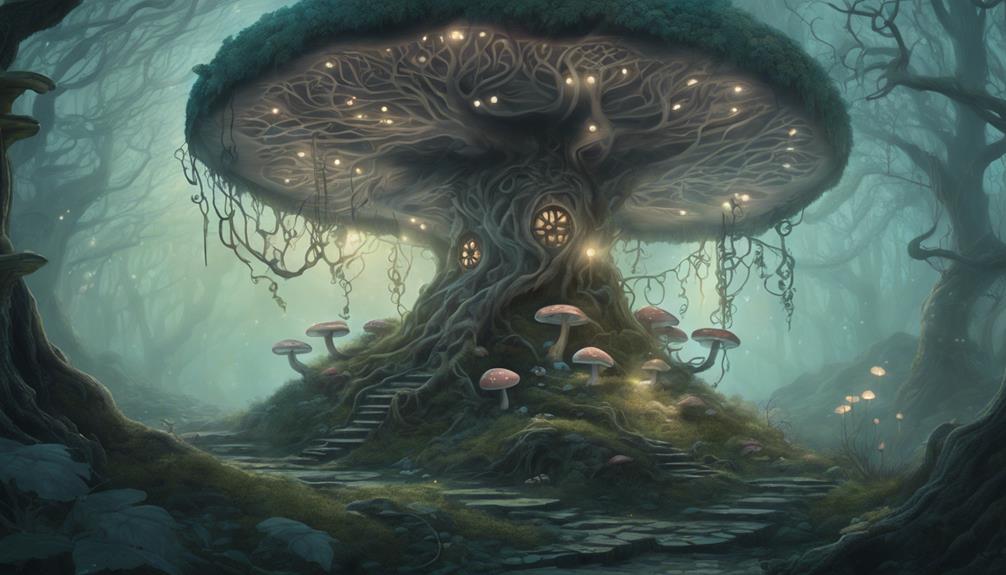
The Romantic poets' revival of myths and legends served to revitalize a sense of national identity, as they expertly wove together fragments of folklore, mythology, and historical accounts to craft a rich tapestry of British cultural heritage. You'll notice how these poets drew upon ancient stories, breathing new life into the myths and legends that had long been embedded in British folklore. This cultural revival not only helped to reconnect the British people with their storied past but also served to foster a sense of shared identity. By exploring these myths and legends, the Romantic poets enabled the British people to reconnect with their cultural roots, thereby strengthening their national identity. This revival also allowed for a deeper examination of the human experience, as the poets delved into the complexities of human nature, morality, and the human condition. As you immerse yourself in the world of British poetry, you'll discover how the revival of myths and legends played a pivotal role in shaping the country's cultural identity.
Wordsworth's Poetic Vision
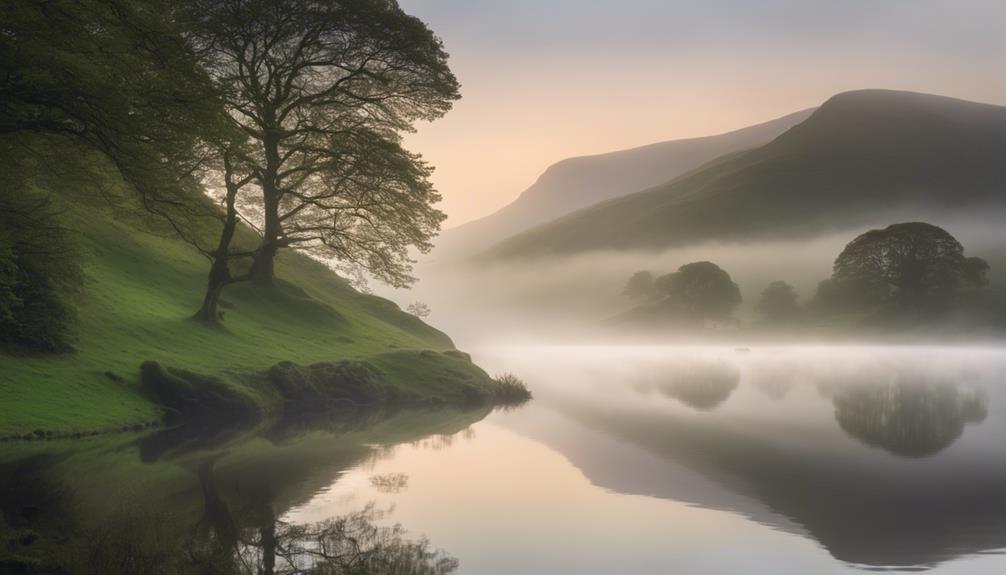
In his poetry, Wordsworth's poetic vision is characterized by a profound sense of reverence for nature, which he believed held the power to inspire and elevate the human spirit. You'll notice that his poems often capture Nature's beauty in vivid detail, evoking a sense of awe and wonder in the reader. This emphasis on nature is not merely decorative; rather, it serves to illuminate the human experience, revealing the intricate connections between the individual and the natural world.
Wordsworth's poetic craft is marked by a meticulous attention to language, which enables him to convey the subtle, often intangible, effects of nature on the human psyche. His use of imagery, metaphor, and symbolism creates a rich tapestry of meaning, inviting you to engage with the natural world on a deeper level. Through his poetry, Wordsworth encourages you to slow down, observe, and reflect on the beauty that surrounds you, thereby fostering a greater sense of empathy and understanding between humans and the natural world. By exploring the intersections of nature and human experience, Wordsworth's poetic vision offers a profound meditation on the human condition.
Coleridge's Supernatural Touch
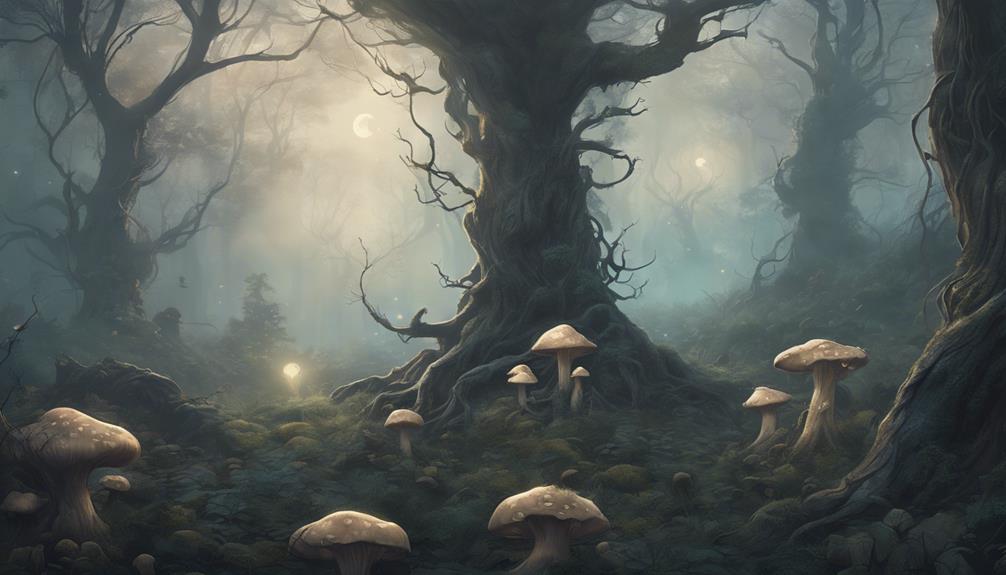
As Coleridge's poems often explore the world of the supernatural, they reveal a fascination with the darker, more mysterious aspects of human experience, which he investigates through a unique blend of folkloric imagery and psychological insight. You'll notice that his works often feature ghostly imagery, which serves to underscore the eerie and unsettling nature of the supernatural. This fascination with the unknown is a hallmark of dark romanticism, a genre that Coleridge helped to shape. His poems explore the human psyche, exposing the fears, anxieties, and uncertainties that lie beneath the surface of everyday life. Through his use of supernatural themes, Coleridge probes the boundaries of human understanding, revealing the darker aspects of human nature. This blend of folkloric imagery and psychological insight creates a sense of unease, leaving you to ponder the mysteries that lie beyond the boundaries of the rational and the mundane.
Shaping the Romantic Movement
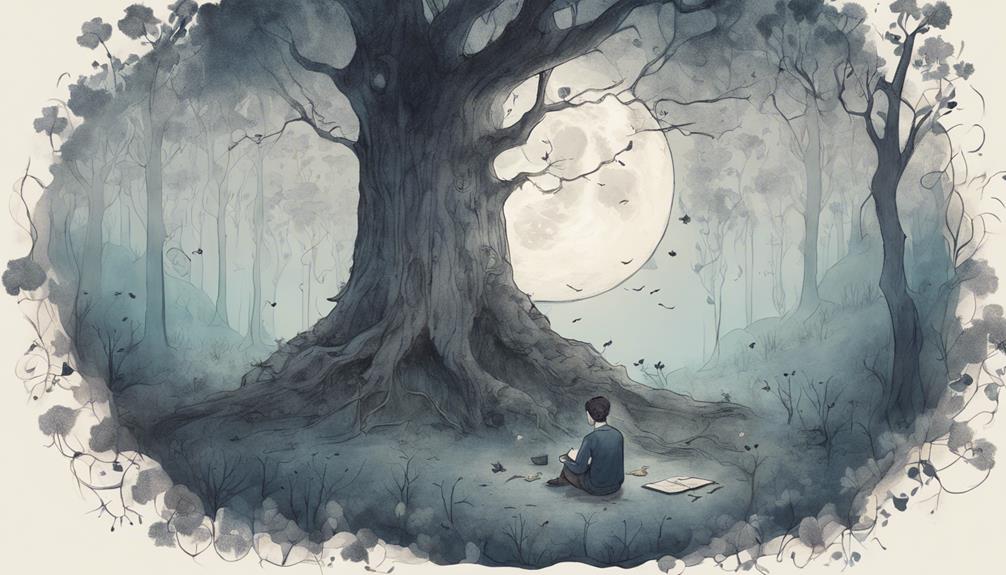
Coleridge's innovative fusion of folkloric elements and psychological insight played a pivotal role in shaping the Romantic Movement, influencing a generation of writers to explore the complexities of human experience. You see, his work in Lyrical Ballads not only reflected the Romantic ideology of emphasizing emotion and individualism but also sparked a wave of literary innovation. By incorporating folkloric elements, Coleridge was able to tap into the collective unconscious, creating a sense of shared cultural heritage. This, in turn, allowed writers to investigate the human condition in a more nuanced and empathetic manner. As you explore the world of Romantic poetry, you'll notice how Coleridge's influence paved the way for other writers to experiment with form, language, and themes. His innovative approach helped shape the Romantic Movement, allowing writers to examine the intricacies of human nature and the human experience. By embracing the complexities of human emotion, Romantic writers were able to create works that continue to resonate with readers today.
Enduring Legacy of Lyrical Ballads
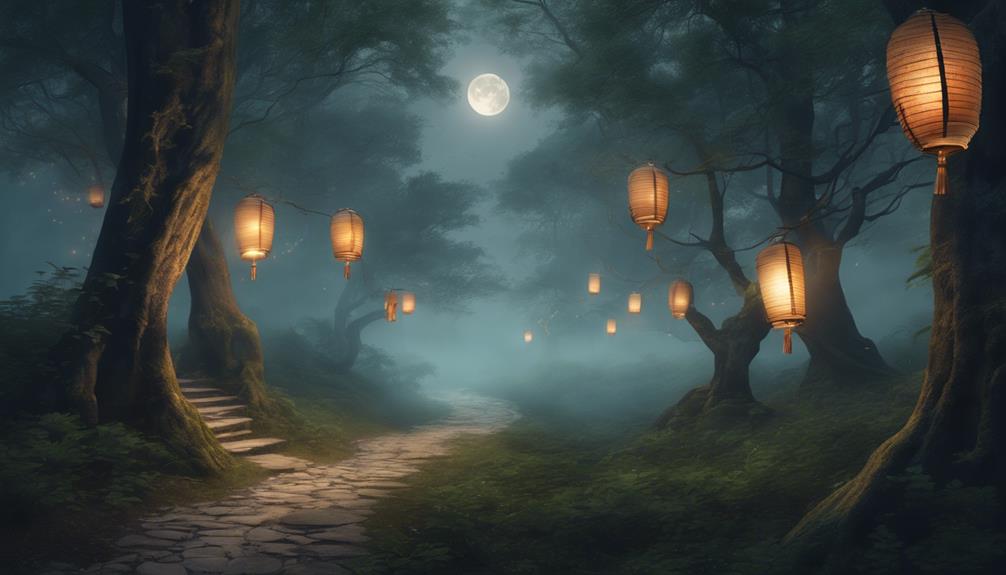
You'll find that Lyrical Ballads' influence extends far beyond its initial publication, with its exploration of the human condition continuing to resonate with readers and writers alike. This collection's cultural significance lies in its ability to tap into the collective psyche, sparking a profound connection that transcends time and space. The literary impact of Lyrical Ballads is undeniable, shaping the Romantic movement and informing the works of subsequent literary giants. You'll notice that its exploration of nature, emotion, and the human experience has inspired generations of writers, from the Brontë sisters to modern-day poets. The collection's emphasis on the beauty of the everyday, the power of the human imagination, and the importance of emotional authenticity has left an indelible mark on British poetry. As you immerse yourself in the world of Lyrical Ballads, you'll discover a rich tapestry of themes, motifs, and ideas that continue to captivate and inspire readers, solidifying its enduring legacy in the domain of British literature.
Frequently Asked Questions
What Inspired Wordsworth and Coleridge to Collaborate on Lyrical Ballads?
You're likely wondering what sparked the collaboration between Wordsworth and Coleridge on Lyrical Ballads. It's crucial to take into account their personal struggles and literary rivalries. Wordsworth, struggling to find his poetic voice, was drawn to Coleridge's imaginative genius. Meanwhile, Coleridge sought to escape his opium addiction and find solace in friendship. Their partnership allowed them to challenge each other, fostering a creative environment that gave birth to a new poetic era.
How Did the French Revolution Influence Romantic Poetry in Britain?
As you explore the world of Romantic poetry, you'll uncover how the French Revolution's radical politics and French ideals of liberty, equality, and fraternity influenced British poets. The Revolution's emphasis on reason and individual rights resonated with Romantic ideals, leading poets to investigate themes of freedom, social justice, and the human condition.
What Role Did Nature Play in Shaping the Romantic Poet's Worldview?
Imagine yourself standing atop a windswept mountain, surrounded by the sublime power of nature. This is the Romantic poet's world, where the natural world shapes their worldview. You see, nature played an essential role in fostering earthly mysticism and natural spirituality. Take, for instance, William Wordsworth's poem 'I Wandered Lonely as a Cloud,' where daffodils evoke a sense of the divine. This connection to nature allowed Romantic poets to tap into a deeper sense of spirituality, one that celebrated the mysteries of the natural world.
Were Lyrical Ballads Initially Well-Received by the Literary Community?
You might expect lyrical ballads to have been hailed as revolutionary, but initially, they faced skepticism from the literary community. The poetic innovation of Wordsworth and Coleridge challenged traditional forms, sparking debates about literary elitism. Critics saw the focus on folklore and common life as unsophisticated, even vulgar. However, as you explore the collection, it becomes clear that this was a deliberate choice, one that would ultimately redefine the boundaries of poetry.
How Did Lyrical Ballads Challenge Traditional Poetic Forms and Conventions?
As you explore the world of poetic innovation, you'll find that Lyrical Ballads embodied a spirit of literary rebellion. By rejecting traditional poetic forms and conventions, Wordsworth and Coleridge's collaborative effort sparked a revolution in British poetry. You'll notice how they eschewed ornate language and mythological themes, instead embracing simplicity, nature, and the everyday. This bold departure from established norms enabled a fresh exploration of the human experience, paving the way for future poetic innovation.
